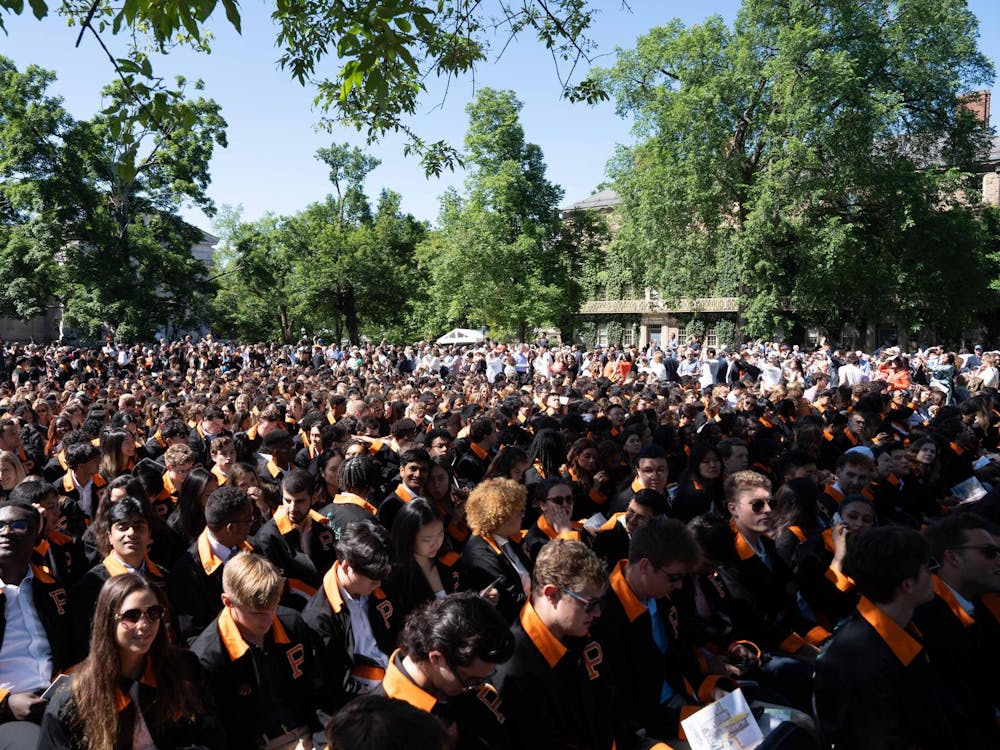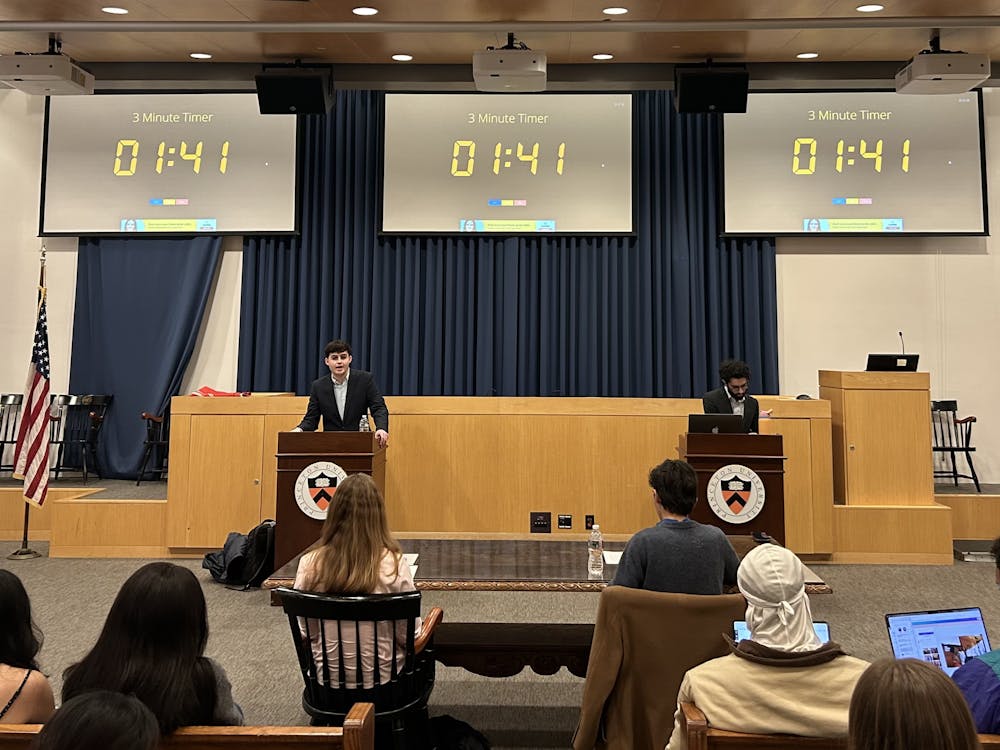GirlCode was a bad idea.
For readers who missed the extensive coverage, on Jan. 7, three University freshmen released GirlCode, a mobile app containing the codes required to get into every Princeton women’s bathroom. Their message was simple: to spark a campus debate about the “archaic gender norms that Princeton” imposes with women’s bathroom codes. Shortly after, University representatives “force[d],” in the words of Amanda Shi ’18, one of the app’s creators, the students to take down the app a few days later. The bathroom codes were changed without warning several days later, leaving most of the female students on campus without bathroom access for two days.
Granted, this isn’t the first time female bathroom codes have been brought up. From former columnist Luke Massa in 2011, who referred to bathroom codes as a “relic,” to current columnist Logan Sander, who raised privacy concerns for men, bathroom codes have been a hotly debated topic. For what it’s worth, I tend to agree with the large portion of the student body here who think that codes are unnecessary for ensuring that the campus remains safe. Most of my female friends on campus have expressed frustration with the code system, angry that it only applies to women on campus. Many have used men’s bathrooms to shower or use the toilet when unable to access the nearby women’s bathroom. Some forward emails containing every bathroom code to friends who have complained about this lack of access.
However, all this app has done is ignore the already-existing debate. Yes, it’s clear that, for many students, bathroom codes are an unpleasant issue, unfortunate relics of bygone days which they would like to eliminate. We know this precisely because of this discussion, discussion which not only already exists, but has been prominent the entire semester. So when the app’s creators say that GirlCode was intended to “spark much needed dialogue on campus,” they grossly misrepresent the state of the campus. Officially, University administrators and the Undergraduate Student Government (and, unofficially, almost every student on campus) have already conducted conversations, and will continue to do so until a resolution is reached. Ignoring the current dialogue wholly undermines the seemingly noble mission of GirlCode and the entire point of its existence. The USG’s bathroom code survey — sent, mind you, over two months before the launch of GirlCode — speaks to how public this discussion has been over the three creators’ entire Princeton careers.
That USG survey brings up what I interpret to be the most important problem with GirlCode’s creation: it entirely circumvents the governmental process of creating meaningful change which has proven support from at least a majority of voters or legislators. Bathroom codes are an important issue on the USG agenda, and this past semester we saw it treated as such, and it seems as though we are moving towards a legitimately sanctioned resolution. GirlCode totally avoids any form of the due process we’ve come to expect from our USG. Three students — students who have been on campus for approximately four months — should not endeavor to speak for thousands of students who have been discussing this issue for months, if not years, in an attempt to change the status quo. Frankly, it is misguided and obstinateto supersede an entire system of government and its processes, especially one as effective as our USG. No amount of diverting the conversation to the topic of gender inequality will change that.
However, despite its numerous flaws, GirlCode does bring up a good point. Three freshmen rendered null an entire security system. It is possible that two or three years down the line, more freshmen — ones who don’t know about GirlCode — will do the same. This seems to suggest flaws in the current system. Moreover, meaningful change seems like it would be relatively easy to enact. For instance, bathroom codes could be totally removed, or codes could be added to men’s bathrooms as well. I’d like to propose a third solution: if the locks are to stay, make them prox-based and give all girls prox access. Though the mechanics behind the prox system are a mystery to me, I assume it would be possible to give about half the proxes on campus the ability to open these doors, and given that almost all students carry their prox with them everywhere, this proposal would balance both safety and convenience.
Now that the GirlCode incident has died down, one thing we know remains: the bathroom codes, by and large, are highly unpopular. The recent unannounced code change (likely due to GirlCode’s existence) locked many female students on campus out of their bathrooms, and there was a palpable sense of anger when the new codes took almost two days to appear in students’ inboxes after changing. I wholly support a reform of the bathrooms: a reform carefully debated by our current campus and one on which all students — not just three — can vote. The inefficacy, willful ignorance and conceit of GirlCode’s implementation is not the way to achieve the meaningful change we seek.







